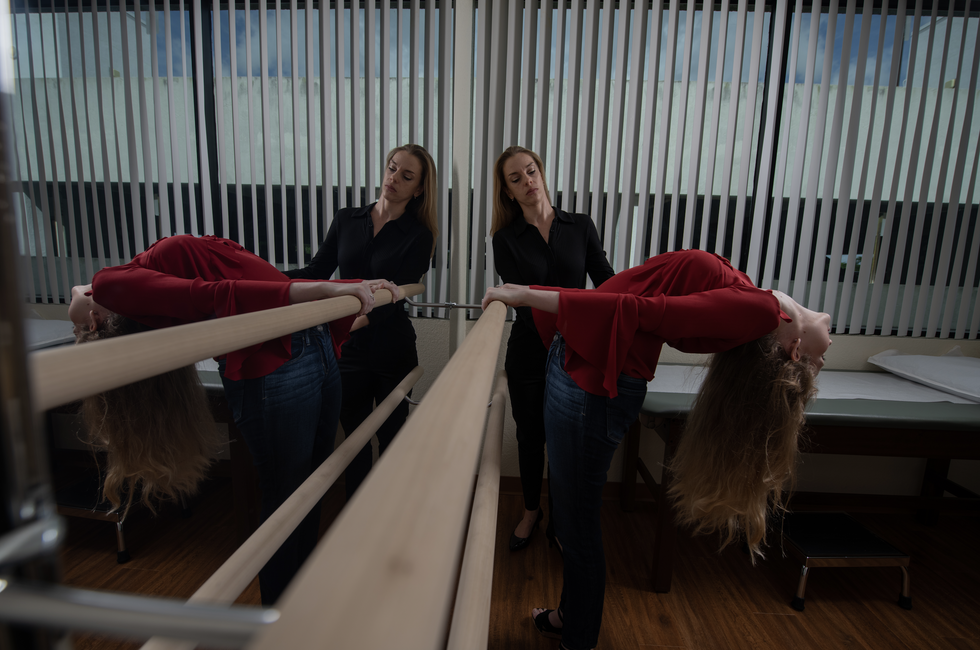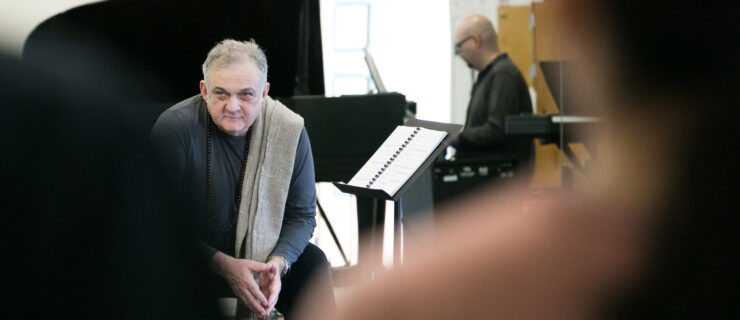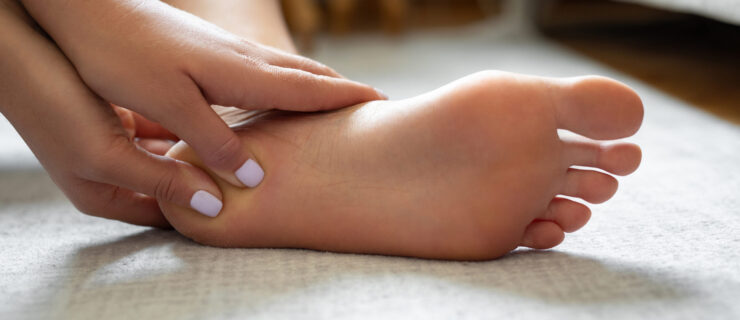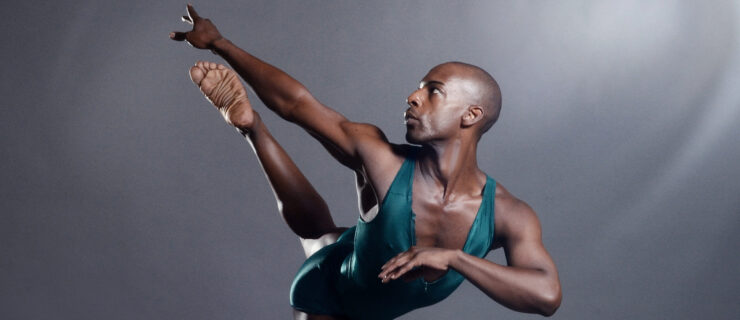What Are Your Options When You Can’t See a Dance Medicine Specialist?
Not all doctors get what dancers do. Even something as small as how a foot fits in a pointe shoe might not be familiar to a doctor without dance knowledge, says Dr. Kathleen Davenport, company physician with Miami City Ballet and the director of physiatry at Hospital for Special Surgery Florida. “That can be everything in terms of how that dancer got injured.”
Luckily, today there are more dance medicine specialists than ever who are familiar with the physical demands of a dance career. They work with dancers to achieve their movement goals and create rehabilitation practices that help them to stay active. They know the common injuries, muscle imbalances and unfavorable movement patterns to look for. And—importantly—they know the ins and outs of dance culture.
Explore Your Area
Donation-based screenings are offered in several cities nationwide. For instance, Dr. Lauren Elson, director of dance medicine at the Spaulding Rehabilitation Network in Boston, and Kester Cotton, director of dance rehabilitation at Spaulding, run a free annual Dancer Health Day through the Boston Dance Alliance. Dancers can get assessed, find ways to optimize their performance and meet local dance medicine practitioners.
Connect with the dance organizations close to you. Most professional ballet companies either have a specialist on staff or could recommend one nearby. The same goes for many college dance departments. Talk to other dancers at your local dance hubs to find out who they recommend.
Who to Go to Instead
The next best thing to a dance medicine specialist is a board-certified sports medicine specialist. Look for a sports medicine practitioner, someone in nonsurgical primary-care sports medicine or sports physiatry who is willing to listen and self-educate on the needs of dancers. Davenport recommends finding a practitioner who works with runners. “Many of the diagnoses that we see in dancers are seen in runners as well,” she says. “A lot of those issues are in the foot and ankle and are overuse injuries.”
Some specialists, like podiatrists or orthopedic surgeons who work with athletes, will be knowledgeable enough to address dance-specific issues even if they don’t have a dance background.
How to Talk to a General Practitioner
If you have a dance injury but can only see your primary care physician, go prepared. Bring your dance shoes. If it’s safe to do so, show them the movements that aggravate the issue. Bring video footage of you dancing. Write a list of your symptoms and the movements that trigger them. Explain exactly what’s going on in your body when you dance. Ask them for suggestions on how to modify movements.
Be your own best advocate, and don’t be afraid to get a second opinion. Davenport says that often doctors understand a diagnosis but not the rehabilitation required for dancers. Sometimes the recommendation to take time off isn’t the right one. “A dancer can become depressed if they lose connection with their company or classes,” says Cicely Hart, an Oakland, California–based physical therapist. “It is important to convey the need to stay connected and find some way to participate.”
Online Resources
The internet can be a valuable tool, if used wisely. “Dr. Google can be a very dangerous place to research your injuries,” says Davenport. It’s fine to read up on your issues, but talk to your doctor about your findings. “Have someone to process that information for you and come up with a treatment plan that makes sense,” she says.
Check out these five physician-recommended online resources that have a wealth of information for dancers:
The Actors Fund—The Dancers’ Resource




